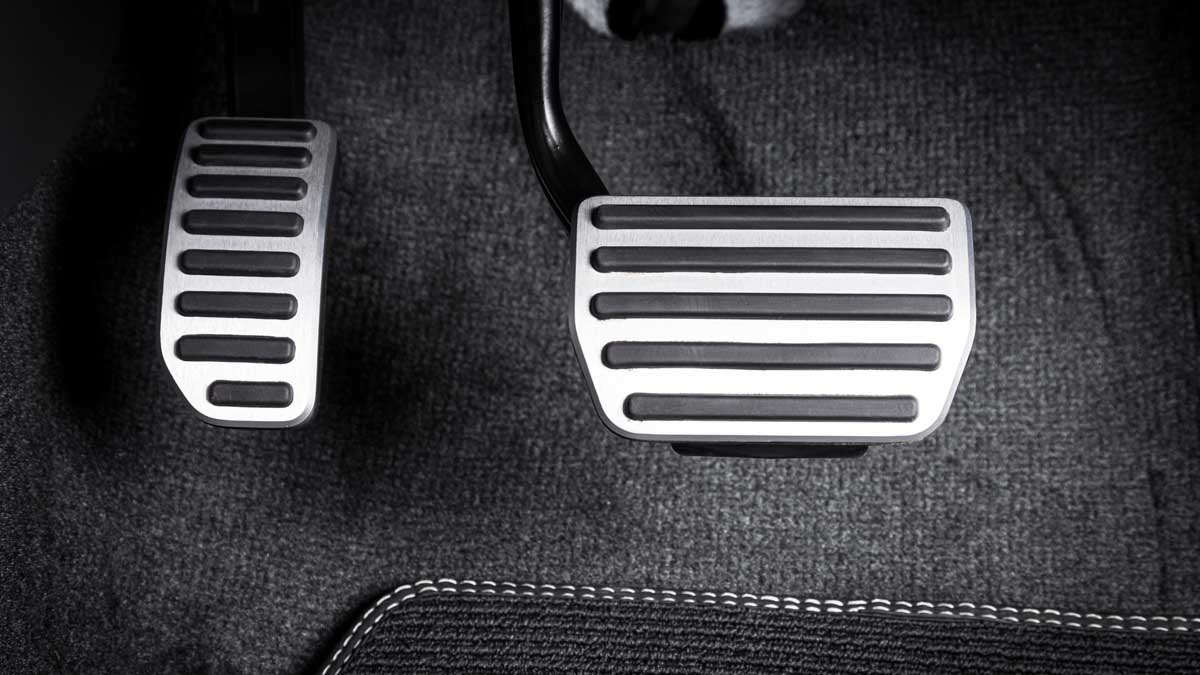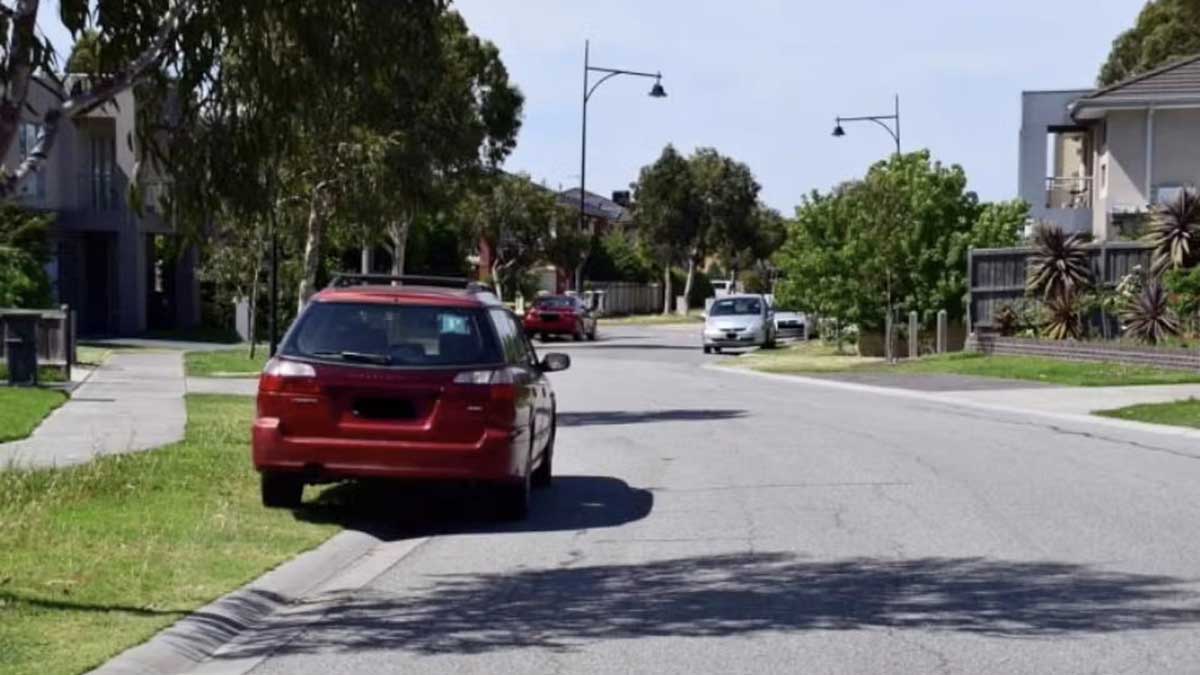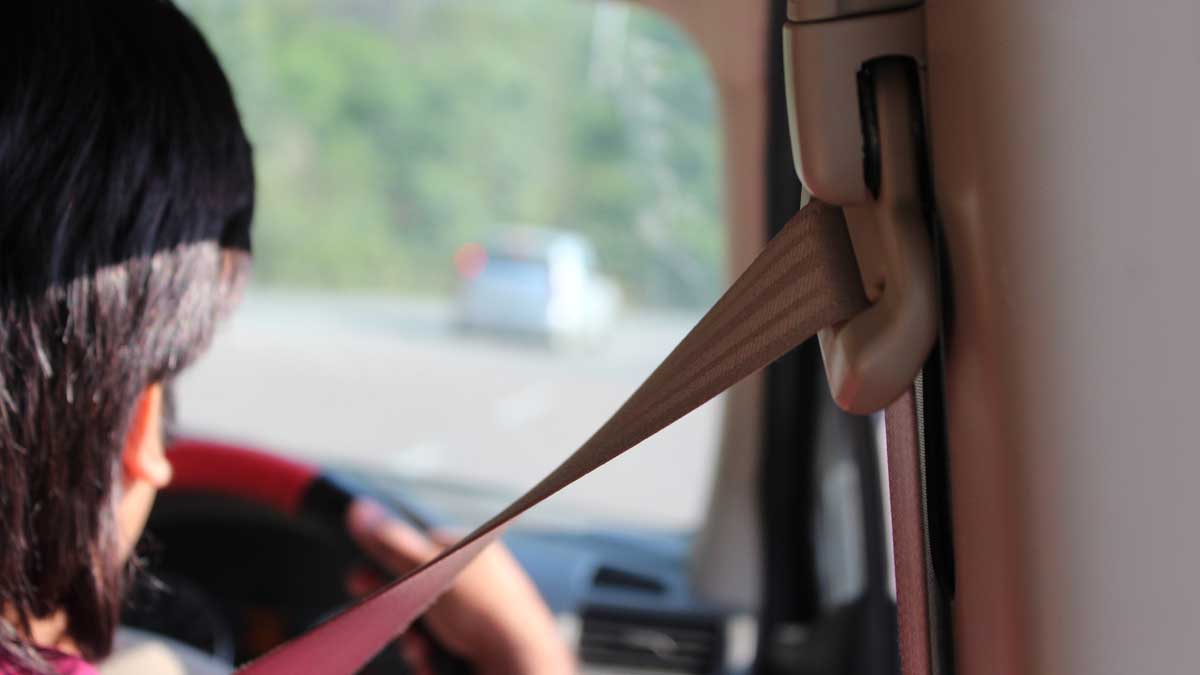Like everything else in life, road rules can change from time to time. So no matter how good your memory or how long you have had your licence for, it’s important to know the current road rules before getting behind the wheel.
To help keep you up to date, here are a few road rules you should know:
1. Give way to pedestrians when turning
When driving in Australia, it’s crucial to understand and follow the rules about giving way to pedestrians, especially when turning at intersections. This rule is designed to protect pedestrians and ensure their safety on the roads.
The Rule
If a driver is turning at an intersection, and a pedestrian is crossing the road that the driver is turning into, the driver must give way to the pedestrian. This applies even if there is no marked pedestrian crossing.
Key Points to Remember
- Always vigilant: Be alert for pedestrians when approaching any intersection, even if you have a green light.
- All turns: This rule applies whether you’re turning left or right.
- No marked crossing needed: The pedestrian doesn’t need to be on a marked crossing for this rule to apply.
- Pedestrian position: The rule applies if the pedestrian is crossing the road you’re turning into, regardless of which part of the road they’re on.
- Other vehicles: You must give way to pedestrians even if you’re turning with other vehicles.
Examples
- Right turn: You’re turning right at an intersection and a pedestrian is crossing the road you’re turning into. You must wait for them to cross before completing your turn.
- Left turn: You’re turning left on a green light, but a pedestrian has started crossing the road you’re turning into. You must give way to the pedestrian before completing your turn.
2. School Zones
School zones are areas near schools with reduced speed limits to keep students safe. These zones are crucial for protecting our children, so it’s important to know how they work in your area.
Key Points to Remember
- Most school zones operate on school days and pupil-free days
- They’re usually not active on public holidays or during school holidays
- Speed limits and times can vary between states and even local areas
- Always follow the posted signs – they’re the most accurate guide
General Guide by State
Here’s an overview of school zones across Australia, including typical times:
| State | Typical Speed Limit | Usually Active |
|---|---|---|
| VIC, NSW | 40 km/h | 8:00-9:30am and 2:30-4:00pm |
| QLD | 40 km/h (some 60 km/h roads reduced to 50 km/h) | 7:00-9:00am and 2:00-4:00pm |
| WA | 40 km/h | 7:30-9:00am and 2:30-4:00pm |
| SA | 25 km/h | All day, every day |
| TAS | 40 km/h (some 50 km/h) | 8:00-9:30am and 2:30-4:00pm |
| ACT | 40 km/h | 8:00am-4:00pm |
| NT | 40 km/h | 7:00-8:30am and 2:00-3:30pm |
Pro Tip: Look out for flashing lights or time-based signs in school zones. These will let you know when the reduced speed limit is in effect.
Variations to Note
- Queensland: Some 60 km/h roads are reduced to 50 km/h in school zones, rather than 40 km/h.
- Tasmania: While most school zones are 40 km/h, some maintain a 50 km/h limit.
- South Australia: Uniquely operates 25 km/h school zones all day, every day of the year.
- Australian Capital Territory: Has longer operating hours, covering the entire school day.
- Some states have permanent 40 km/h zones around schools, while others use time-based zones.
Did You Know?
- School zone speed limits apply on pupil-free days (when teachers work but students don’t attend) in Victoria, New South Wales, Queensland, Western Australia, Tasmania, the Australian Capital Territory, and the Northern Territory. South Australia’s school zones are always active, including pupil-free days.
- In some areas, school zones may have flashing lights to indicate when the reduced speed limit is in effect.
- Local councils may set different times or speed limits for specific school zones based on local conditions.
Stay Informed
School zone rules can change, and there might be specific rules in your local area. For the most up-to-date and accurate information:
- Check your state’s road authority website
- Pay attention to local signage
- When in doubt, slow down near schools
Remember, keeping our kids safe is a responsibility we all share. By following school zone rules, you’re playing a crucial part in protecting Australia’s young learners.
3. Yellow Traffic Lights
Yellow traffic lights often cause confusion for drivers. It’s crucial to understand the rules and implications of yellow lights for road safety.
The Rule
You must stop at a yellow traffic light unless it is unsafe to do so. A yellow light is not an extension of a green light but rather the beginning of a red light.

Key Points to Remember
- Prepare to stop: When you see a yellow light, your first instinct should be to prepare to stop.
- Safety first: Only proceed through a yellow light if stopping would be unsafe (e.g., if you’re too close to the intersection when the light changes).
- Not a “hurry up” signal: A yellow light is not an invitation to speed up to beat the red light.
- Duration: Yellow lights typically last about 3-5 seconds, depending on the speed limit and intersection size.
- Intersection entry: If any part of your vehicle has crossed the stop line when the light turns yellow, you may proceed with caution.
When It’s Unsafe to Stop
There are situations where it might be unsafe to stop at a yellow light:
- You’re too close to the intersection to stop safely when the light changes
- There’s a vehicle following too closely behind you, and sudden braking could cause a rear-end collision
- Adverse weather conditions (e.g., wet or icy roads) make sudden stopping dangerous
Common Misconceptions
- Myth: You can always clear the intersection if you enter while the light is yellow. Fact: The yellow phase is timed for vehicles to clear the intersection if they’re too close to stop safely, not for new vehicles to enter.
- Myth: It’s always safer to proceed through a yellow light than to stop. Fact: Unless stopping is unsafe, it’s generally safer to stop at a yellow light.
4. Use of High Beam Headlights
- The 200-meter rule: Don’t use high beams if another vehicle is within 200m ahead or behind you.
- When to use: High beams are for poorly lit roads without oncoming traffic.
- When to switch: Dim your lights when you see oncoming vehicles or when approaching another vehicle from behind.
- Built-up areas: Avoid using high beams in well-lit urban areas.
Remember: Improper use of high beams can dangerously dazzle other drivers, compromising road safety.
For more detailed information, including specific situations and tips for proper read our comprehensive blog on headlights here.
5. Merging
Understanding proper merging etiquette is crucial for smooth traffic flow and safety on our roads. Merging is a common maneuver that occurs when two lanes of traffic combine into one, or when drivers need to enter a flow of traffic from an on-ramp or side street.
When done correctly, merging helps maintain traffic flow and reduces the risk of accidents. However, when drivers fail to merge properly, it can lead to congestion, road rage, and even collisions

- Roads without lane markings:
- When lanes reduce, allow vehicles ahead to merge first.
- Marked lanes ending:
- The merging vehicle must give way to traffic in the continuing lane.
- Zipper merge:
- In heavy traffic, use all lanes until the merge point, then take turns merging.
- Safety tips:
- Use indicators early to signal your intention.
- Adjust speed to match the traffic you’re merging with.
- Check blind spots before merging.
For a more detailed look at merging rules check out our blog.
If you find yourself in the unfortunate situation where you have had a car accident and not at-fault, you may have the right to an accident repair rental car. Still have questions? Call our team on 1300 100 121 to speak to us about your circumstances.





